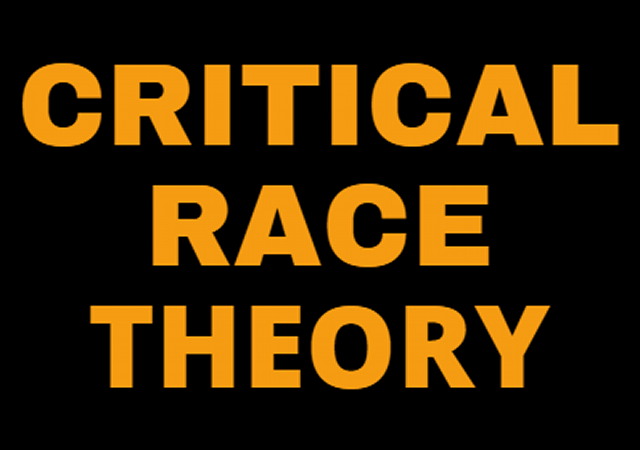The Media is Misrepresenting the Battle Over Critical Race Theory
“cause and effect” are among the “hallmark[s] of whiteness.”

The media is interpreting this as a partisan battle because that’s the simplest way of framing it.
Frederick M. Hess writes at the American Enterprise Institute:
Media’s misleading portrayal of the fight over critical race theory
Critical race theory (CRT) has dominated the past year’s education debates. In theory, CRT is a narrow scholarly approach to addressing legal, social, and economic arrangements. In practice, it’s come to serve as a shorthand label for an array of racially charged educational policies and practices. While the precise contours of CRT are far from clear, what’s indisputable is that CRT-aligned advocates, such as Ibram X. Kendi and Nikole Hannah-Jones, have risen to prominence as their assertions that the US is systemically racist have gained traction in colleges and schools.
Such claims are ideologically charged, and it’s no surprise that they’ve provoked fierce conflict. Kendi, for instance, holds that every thought, action, and policy is either racist or anti-racist. “There is no such thing as a not-racist idea,” he writes in his wildly influential book How to Be an Antiracist. “There is no such thing as a nonracist or race-neutral policy,” he argues. Robin DiAngelo, author of the bestseller White Fragility: Why It’s So Hard for White People to Talk About Racism and a popular speaker for colleges, foundations, and schools, similarly teaches, “White identity is inherently racist.”1
Bettina Love, winner of the 2020 Society of Professors of Education Outstanding Book Award and cofounder of the Abolitionist Teaching Network, explains that “active anti-racism” is “the most important step” teachers can take and “is not a teaching approach or method” but “a way of life.” Glenn Singleton, president of the racial-sensitivity training provider Courageous Conversation, tells the New York Times Magazine that “scientific, linear thinking” and “cause and effect” are among the “hallmark[s] of whiteness.”
 DONATE
DONATE
Donations tax deductible
to the full extent allowed by law.








Comments
Here’s a mental exercise I’ve found valuable.
Every time you see or hear the phrase ‘white supremacy,” mentally substitute “traditional American culture.”
If you’re like me, your reaction to the new statement will be, ‘In fact, that’s true. So what?”
If we didn’t think our culture worked better than some other culture, we would have adopted some other culture.
The fact that the culture we did practice produced superior results than anyone else’s is what granted it “supremacy” — not the skin color of the people who practiced it.
Blacks, Asians, Hispanics who adopt the same culture enjoy the same results. They become professors, commentators, justices, presidents.
I have a feeling these Marxists are digging their own graves. The reaction has become incredible. A close friend has a daughter who teaches social studies at a highschool. When discussing CRT one student spoke up and queried. “If blacks are so oppressed why not send them to Africa?” The stunned teacher then asked the rest of the students if they agreed and nearly all raised their hands. That, I’m afraid is what these radicals are bringing about in a generation of white children being taught that blacks cannot be happy when they are in any way subject to white influences.
It’s been tried. It didn’t work.
And apparently the schools have more important things to do than teach history.